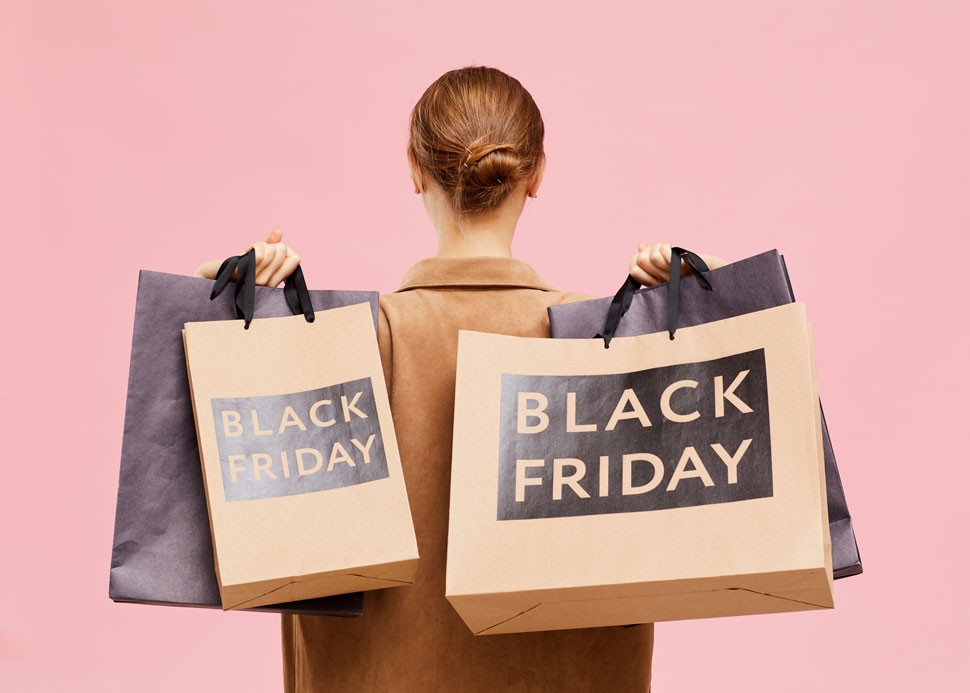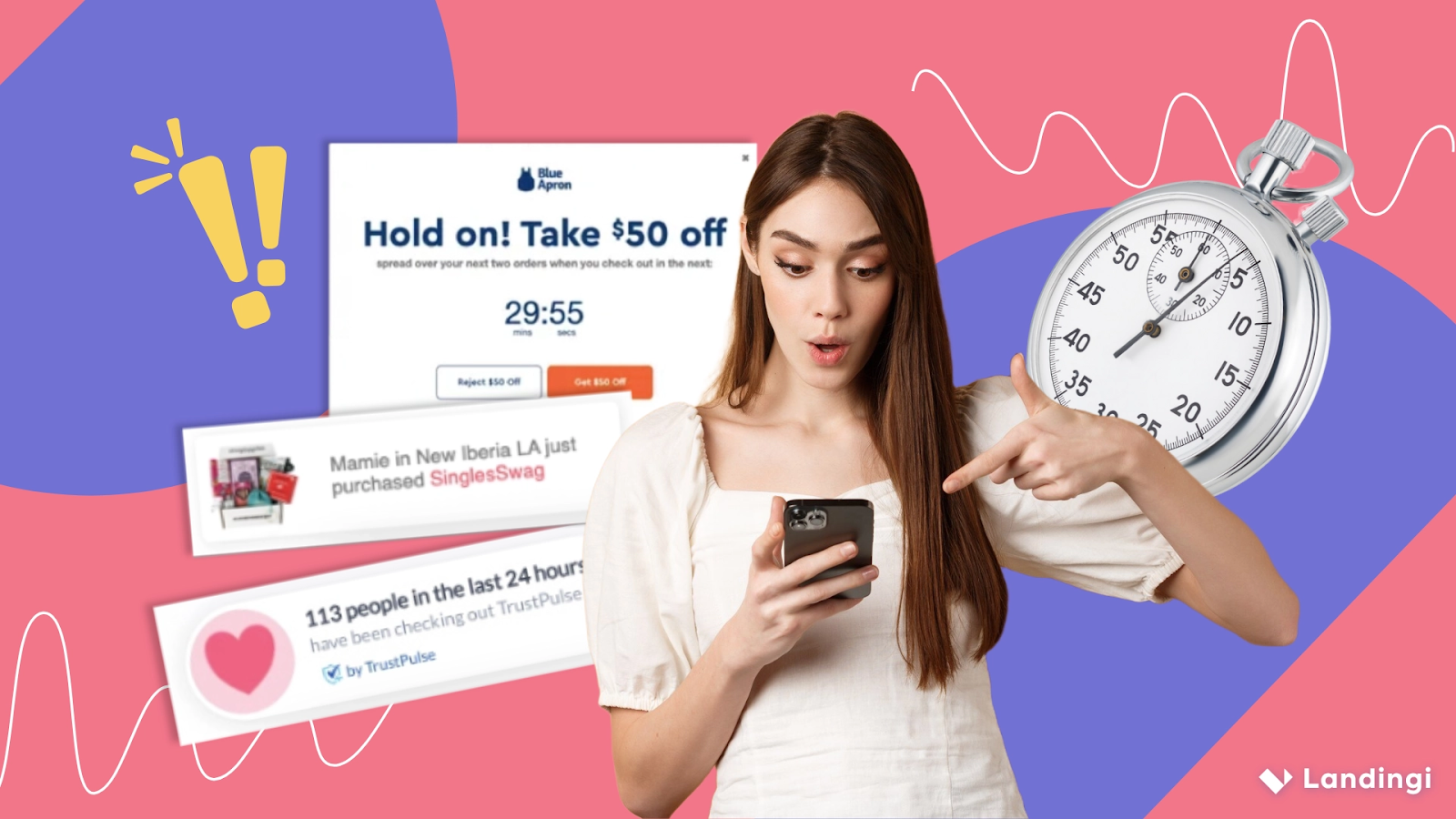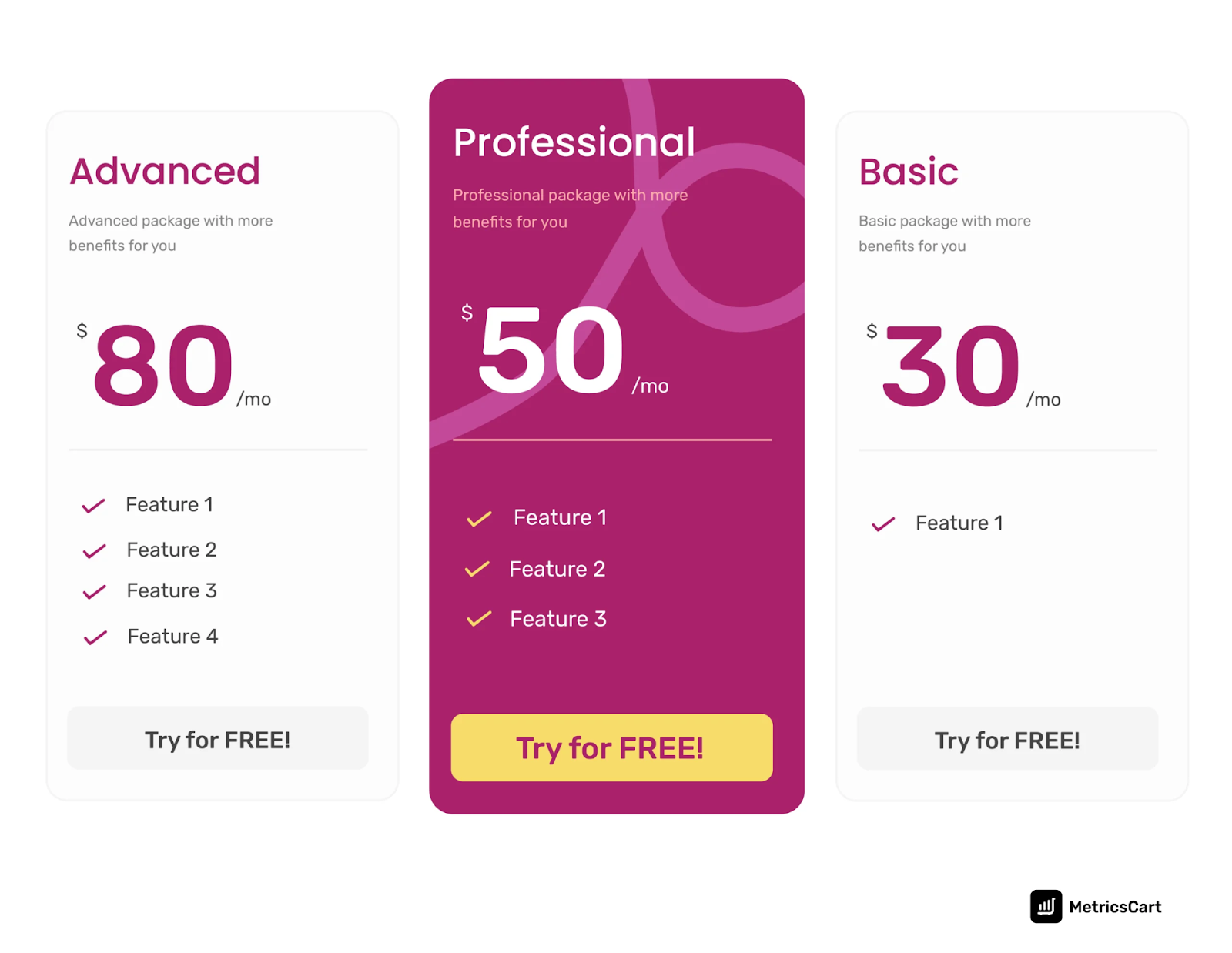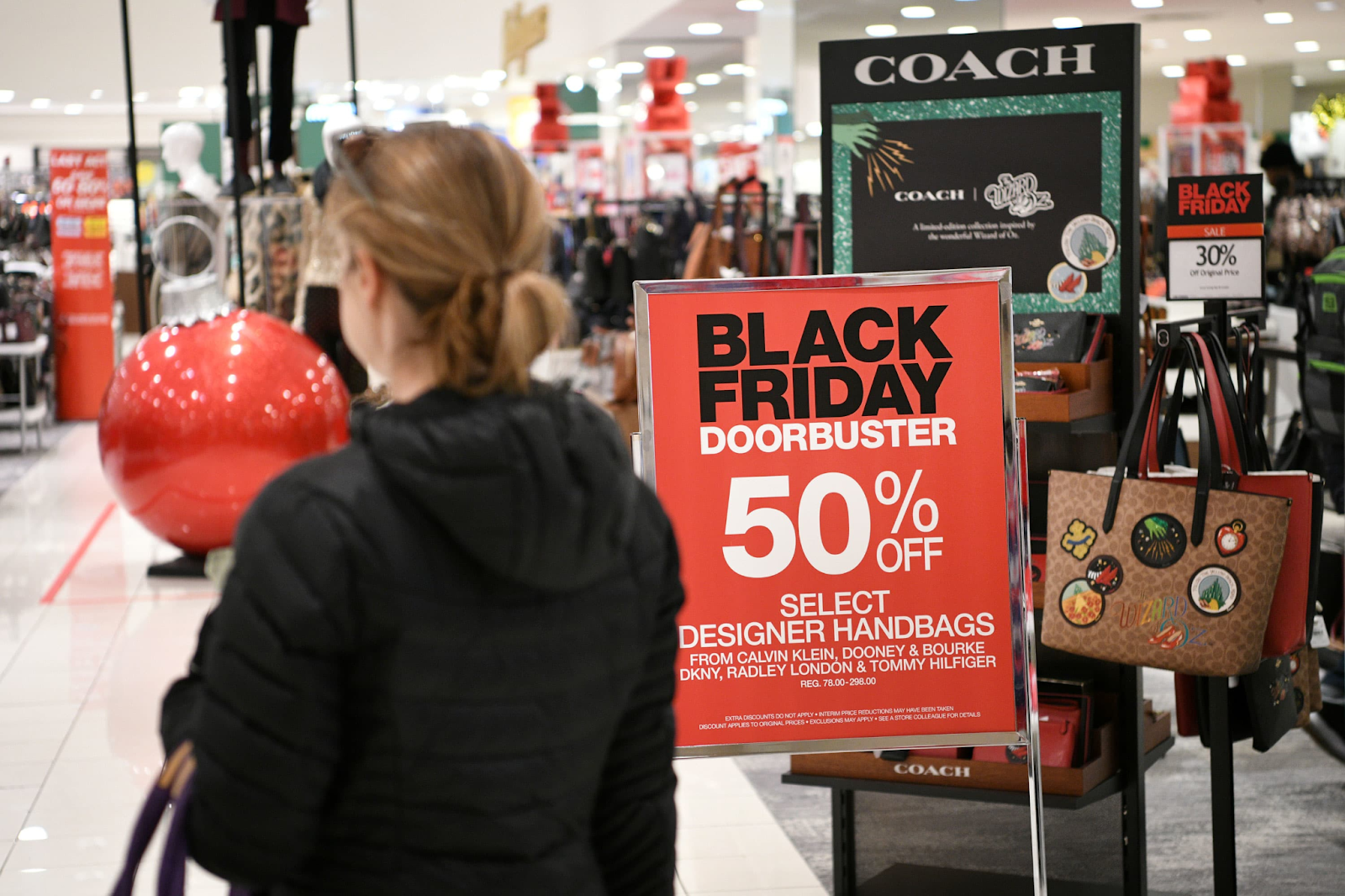
When it comes to the annual shopping surge known as Black Friday, it’s not just discounts at play; it’s deep-seated behavioral mechanisms influencing why people buy, how they decide, and how marketers respond.
But what are these behavioral mechanisms, and how can marketers take advantage of these? Also, what are the ethical implications of such campaigns?
Let’s unpack the fundamentals of Black Friday shopping psychology, exploring how consumer behavior Black Friday campaigns taps into the psychology of sales and discounts. How do these behavioral economics manifest in Black Friday campaigns, and how can you apply them ethically?
Most importantly, we should understand how the Black Friday Effect works.
Psychological Principle 1: Scarcity & the Scarcity Heuristic

The concept of scarcity lies at the heart of many Black Friday campaigns. Research shows that when something is perceived as limited, either by quantity or time, its value rises in the mind of the consumer.
For example, an online store may display Only 10 left – hurry! Or use countdown timers for a flash deal. That leverages the scarcity marketing tactics behind Black Friday conversion psychology.
In the context of Black Friday psychology, this can trigger rapid decision-making. Shoppers think that if they don’t act now, they will miss out. Scarcity has particularly strong effects for utilitarian products.
Ethical Application
Ensure the scarcity is real or clearly communicated, and avoid misleading statements like the last item when hundreds remain. Authentic scarcity builds trust rather than eroding it.
Psychological Principle 2: Urgency & FOMO

Closely related is the trigger of urgency and FOMO, which we are all very familiar with. When shoppers feel they must act quickly or something will slip away, their decision-making accelerates.
A study on limited-time discounts highlighted that urgency cues lead to emotional arousal, reduced decision time, and lower price sensitivity.
In Black Friday shopping psychology, this is the deal ends at midnight or while supplies last messaging you see everywhere. People often condemn the use of FOMO by companies. It’s a significant factor in Black Friday, where companies exploit the scarcity principle and create artificial exclusivity.
Ethical Application
Use urgency that aligns with real constraints. For example, real end times or limited inventory, rather than gimmicks. Persistent false urgency cannibalises trust.
Psychological Principle 3: Social Proof & Herd Behavior

Humans often look to what others are doing to validate their own choices. In consumer decision-making, social proof is a major influence.
In the realm of consumer behavior Black Friday, social proof shows up as indicators like 2,000 people have bought this, trending now, or only 5 left, hurry! In fact, some research confirms that peer influence and herd behavior heavily shape purchase decisions.
Imagine a retailer highlighting live-sold counts on their product page during Black Friday weekend, triggering the perception of popularity and prompting action. That’s a real-life example of social proof.
Ethical application
Use genuine numbers, real testimonials, and transparent data. Avoid fabricating best-seller status or false social cues, even though you know these aren’t the best products out there.
Psychological Principle 4: Anchoring & Discount Perception

In pricing psychology, anchoring refers to the tendency of consumers to rely on the first piece of information when making decisions, and that’s often the original price. In Black Friday shopping psychology, you’ll commonly see Was $299. Now $149! This sets a high anchor and makes the discount seem meaningful.
Research on the psychology of sales and discounts confirms that anchoring significantly impacts perceived value.
A tech gadget showing a crossed-out MSRP and lower Black Friday price, prompting the shopper to believe they’re getting an exceptional deal. But is that an exceptional deal in reality?
Ethical application
Ensure the anchor price is credible and not inflated purely to magnify the discount. Misleading anchors reduce long-term trust.
Psychological Principle 5: Loss Aversion & the Black Friday Effect

Loss aversion is a behavioral economics concept according to which people tend to prefer avoiding losses to acquiring equivalent gains.
In Black Friday campaigns, this appears as messaging like Don’t miss out! or Last chance – ends at midnight. The sense of losing an opportunity drives action. Research shows that scarcity combined with urgency increases this effect.
The Black Friday effect refers to the spike in consumer impulsivity during the event. Many shoppers behave differently than they would ordinarily. For instance, they make faster decisions, accept lower comparison shopping, and show more emotional buying cues.
Ethical application
Frame deals as opportunities, but avoid exploiting fear or creating regret. Good marketing respects the customer’s budget and decision autonomy.
Psychological Principle 6: Buyer Personas & Decision Triggers
Understanding different buyer personas is key to tailoring psychological triggers appropriately within your Black Friday strategy. There are at least two main shopping types during this period - Early Birds and Last-Minute Deal Hunters.
- Impulse Seekers react strongly to scarcity and urgent messaging. They are the ideal targets for flash deals.
- Value Hunters compare deals and look for the biggest discount anchor. Anchor pricing works well here.
- Social Shoppers rely on reviews, social proof, and peer influence. Leveraging social proof is effective with them.
By tailoring your messaging and offers to these personas, you align the psychological triggers for buying with context and need, rather than using a single broad approach.
Ethical Considerations and How to Apply Psychology Responsibly
Leveraging the psychology of sales and discounts around Black Friday is powerful, but with that power comes responsibility.
- Transparency - Don’t misrepresent stock levels or deadlines.
- Value-first - Use triggers to highlight real value, not to dupe buyers.
- Respect budgets - Especially given economic pressures, avoid creating buyer regret through hype.
- Brand trust - Repeated misuse of urgency or scarcity can erode loyalty over time.
It’s strategy plus integrity that delivers lasting results. Otherwise, you could come off as manipulating people into buying more stuff that undermines your credibility.
The Black Friday Effect on Consumer Spending
The “Black Friday effect” refers to how the shopping event transforms consumer behavior, like heightened emotion, faster decisions, and stronger bias toward deals.
According to data, about 32% of consumers used early deals instead of waiting for the day itself.
The holiday season has the power to turn rational buyers into a frenzy of impulsiveness. So, the usual rules don’t apply for marketers. Your offer design and messaging will have to evolve to meet customers where they are.
Final Thoughts
If you want to design effective Black Friday campaigns, dive beneath the discount and work with the mind. Focus on the underlying consumer decision-making influences like scarcity, urgency, social proof, anchoring, loss-aversion, and personas.
Use those ethically, craft your messaging to match personas, and you’ll tap into the Black Friday shopping psychology more effectively.
FAQs
Q1: What does “Black Friday psychology” mean?
It refers to the set of behavioral and cognitive mechanisms that drive how shoppers act during Black Friday, such as scarcity, urgency, social proof, and anchoring.
Q2: How does consumer behavior on Black Friday differ from other shopping periods?
Decision-making is faster, more emotionally triggered, less deliberative, and more influenced by psychological triggers like FOMO and urgency.
Q3: Are scarcity and urgency manipulative?
They can be, but only if misused. Ethical use means being transparent about true limits, providing genuine value, and respecting consumers’ decision autonomy.
Q4: What buyer personas should marketers consider for Black Friday campaigns?
Impulse Seekers (react to urgency/scarcity), Value Hunters (look for big deals/anchors), Social Shoppers (influenced by reviews/peer behavior).
Q5: How can brands avoid the negative side of the “Black Friday effect”?
By offering real value, avoiding misleading urgency, following up post-purchase to reinforce satisfaction, and avoiding tactics that create regret or trust erosion.







.png)
.png)
.jpg)



